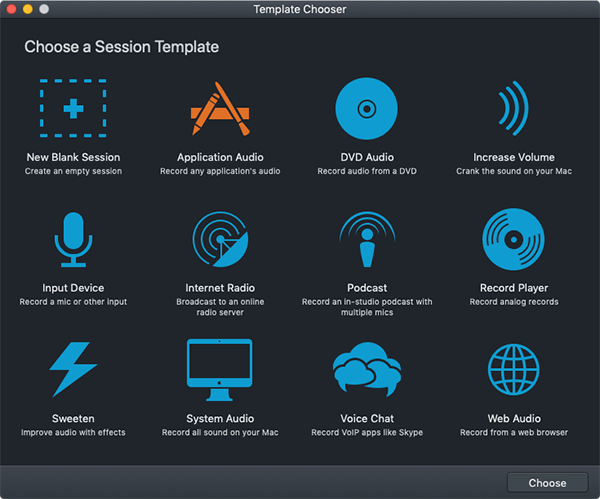Launch Disk Utility. Select the disk, not the volume, in the left-hand lists of disks. Click the Partitions button. You can now delete other partitions (select and click the - button), and type in.
Set volume bootability and set the active boot volume.
bless has 5 modes of execution: Folder Mode, Mount Mode, Device Mode, NetBoot Mode, and Info Mode.
Bless predates SIP, APFS, and T2 Secure Boot. On modern Macs, bless should be used with great caution as it may render the Mac unbootable.
In macOS 10.11 and above, bless should not be used to try to set the startup disk as System Integrity Protection (SIP) is in place.
Instead use systemsetup -setstartupdisk
For a full description of all the bless options see man bless the options available for bless will vary according to the version of macOS you are running.
Examples
INFO MODE
Gather information about the currently selected volume (as determined by the firmware):
sudo bless --info
Gather plist information about the currently selected volume (as determined by the firmware), suitable for piping to a program capable of parsing Property Lists:
sudo bless --info --plist
FOLDER MODE
To bless a volume with only Mac OS 9:
bless --folder9 '/Volumes/Mac OS 9/System Folder' --bootBlockFile '/usr/share/misc/bootblockdata'
To bless a volume with only macOS or Darwin, and create the BootX and boot.efi files as needed:
bless --folder '/Volumes/Mac OS X/System/Library/CoreServices' --bootinfo --bootefi
MOUNT MODE
To set a volume containing either Mac OS 9 and macOS to be the active volume:
bless --mount '/Volumes/Mac OS' --setBoot

NETBOOT MODE
To set the system to NetBoot and broadcast for an available server:
bless --netboot --server bsdp://255.255.255.255
“If everything seems under control, then you're not going fast enough” - Mario Andretti
Related macOS commands:
asr - Apple Software Restore.
diskutil - Disk utilities - Format, Verify, Repair.
mount - Mount a file system.
newfs(8)
nvram(8)
systemsetup -setstartupdisk
HT204455 - How to set a firmware password on your Mac

Some rights reserved
If you install macOS on an additional volume of your startup disk, you can switch between that macOS and the macOS on your other volume, as if each were on a separate disk. And because storage space is shared across APFS volumes, you don't need to reserve space for the new volume. Its size automatically adjusts to fit your content.
What you need
Your Mac must already be using macOS High Sierra or later on an APFS-formatted startup disk. Find out which format your startup disk is using.
Turn Up Volume On Mac
You don't need to reserve storage space for the new volume, but macOS needs as much as 20GB of available space to install, depending on the version of macOS. If you don't have enough space, the installer will let you know.
About This Mac includes a storage overview: Choose Apple () menu > About This Mac, then click Storage.
Back up your Mac
It's a good idea to back up your Mac first, especially if you're installing a beta version of macOS. Beta software is software that is still in development, so some apps and services might not work as expected.
Add an APFS volume
- Open Disk Utility, which is in the Utilities folder of your Applications folder.
- In the sidebar, select your existing APFS volume.
- Choose Edit > Add APFS Volume from the menu bar, or click in the Disk Utility toolbar. These options are available only when an APFS volume is selected.
- Type any name for the new APFS volume, then click Add:
- Disk Utility should now show the new volume in the sidebar. The new volume will also appear in the Finder, as if it were a separate disk. You can now quit Disk Utility.
Install macOS on the volume
Choose an installation method:
- To install a beta (prerelease) version of macOS, enroll in the Apple Beta Software Program and follow the installation instructions on the program website.
- To install a release version of macOS, you can use macOS Recovery. The keys you press at startup determine which macOS is installed.
When the installer opens and you're asked to choose where to install, click Show All Disks, then select the new volume.
Switch between macOS versions
After installation is complete, you can use Startup Disk preferences or Startup Manager to quickly switch between each macOS:
No Volume On Mac
- Choose Apple () menu > Startup Disk, then click and enter your administrator password. Select the volume that you want to use, then click Restart.
- Or press and hold the Option key during startup. When prompted, choose the volume that you want to start up from.
Keep the macOS on each volume up to date
Can't Adjust Volume On Mac
To find the latest updates for each version of macOS, check for software updates, then start up from the other volume and check for software updates again.
How To Adjust Volume On Separate Apps Mac Pro
Learn more
How To Adjust Volume On Separate Apps Macbook
If your Mac is using macOS Sierra or earlier, or the startup disk is formatted as Mac OS Extended instead of APFS, you can create a new partition instead. The space it occupies doesn't automatically adjust to fit your content, so you must manually size the partition. Learn how to add a volume to a device formatted as Mac OS Extended.